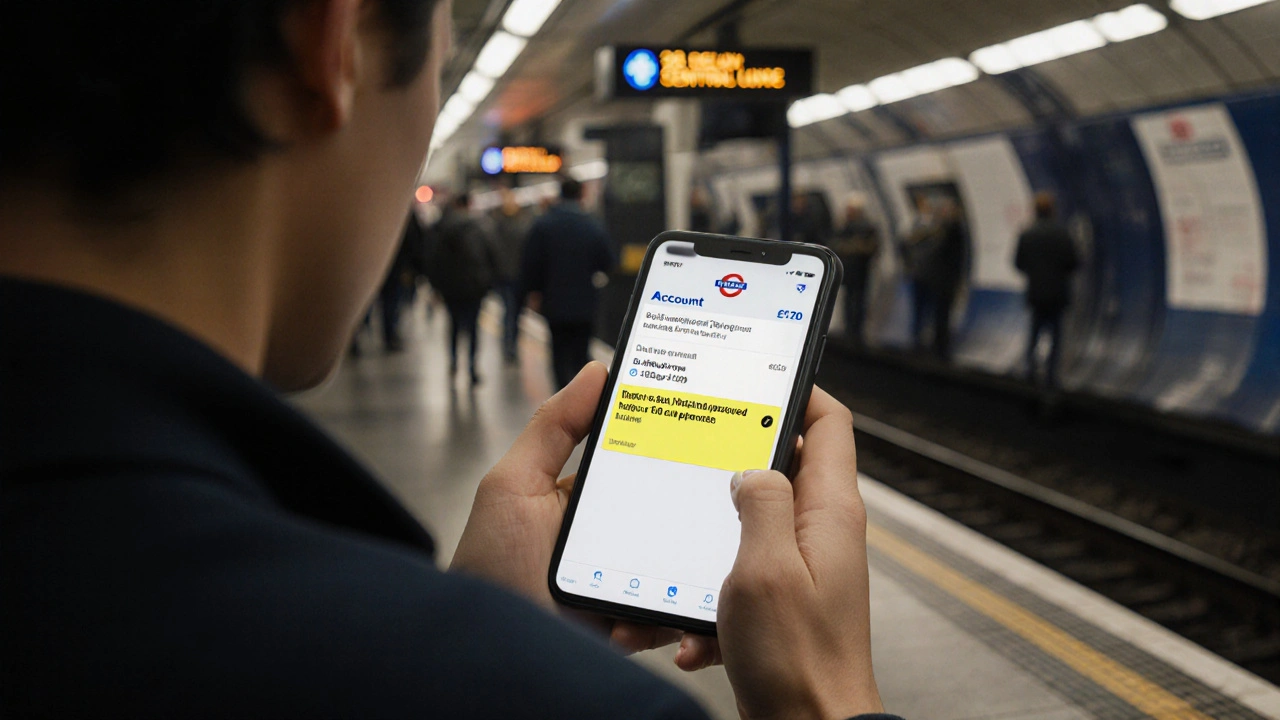How to Claim a Refund from TfL: Delays and Overcharges
Learn how to claim a refund from TfL for overcharges and delays on the Tube, DLR, and Overground. Get your money back fast with step-by-step instructions and real examples.
When you tap in and out with your Oyster card, a reusable smartcard used for pay-as-you-go travel on London’s public transport network. Also known as contactless payment card, it’s meant to save you money by automatically charging the cheapest fare for your journey. But sometimes, it doesn’t work right — and you end up paying more than you should. An Oyster card overcharge isn’t rare. It happens when the system misreads your tap, you forget to tap out, or you switch lines incorrectly. The result? A £10 journey turns into £25. And if you don’t check your balance or statement, you might not notice until weeks later.
Most overcharges happen on the Tube, DLR, or Overground. For example, if you tap in at King’s Cross and tap out at Waterloo but accidentally touch your card on a reader at a transfer station, the system might think you made two separate trips. Or if you’re in a hurry and forget to tap out at your final stop, you’ll get charged the maximum fare — often £8.80 or more — even if your real trip was £2.50. The same thing can happen if you use a contactless bank card instead of an Oyster card. Both systems have the same flaws. And yes, Transport for London (TfL) knows this happens. They even have a dedicated refund process — but you have to ask for it. No one will warn you. No one will fix it automatically.
Fixing an overcharge is simple. Log into your TfL online account, check your journey history, and look for any trip marked as "Incomplete" or with a price that seems way too high. Click "Claim a refund" next to it. You’ll need your card number and the date of the trip. Most refunds are processed in 3–5 days. If you don’t have an account, you can call TfL or visit a Tube station ticket office with your card. They’ll check your history and issue a refund in cash or back to your card. You don’t need a receipt. You don’t need to prove you were there. Just show the card and say, "I think I was overcharged."
Some people think Oyster cards are always cheaper than contactless. Not true. If you make the same trips daily, contactless often caps your weekly spending at the same price as a weekly Travelcard — and it doesn’t require you to buy anything in advance. But if you’re using a foreign card with currency conversion fees, or if you’re tapping on and off in the wrong order, you can get hit with extra charges. The key is to always tap in and out — even if you’re just changing platforms. Don’t assume the system knows where you’re going. It doesn’t. It only sees taps.
Check your balance every few days. Look at your journey history. If you see a £9 charge for a 10-minute ride, it’s not normal. It’s an error. And it’s recoverable. Thousands of people get refunds every month — but only because they looked. Don’t be the one who pays extra because they assumed it was right. The system isn’t perfect. But you can be smarter than it.
Below, you’ll find real stories and practical guides from people who’ve been there — from how to catch a hidden overcharge on the DLR to why your contactless card charged you twice on the same day. These aren’t theory pieces. They’re fixes that worked. And they’ll help you stop overpaying — for good.

Learn how to claim a refund from TfL for overcharges and delays on the Tube, DLR, and Overground. Get your money back fast with step-by-step instructions and real examples.